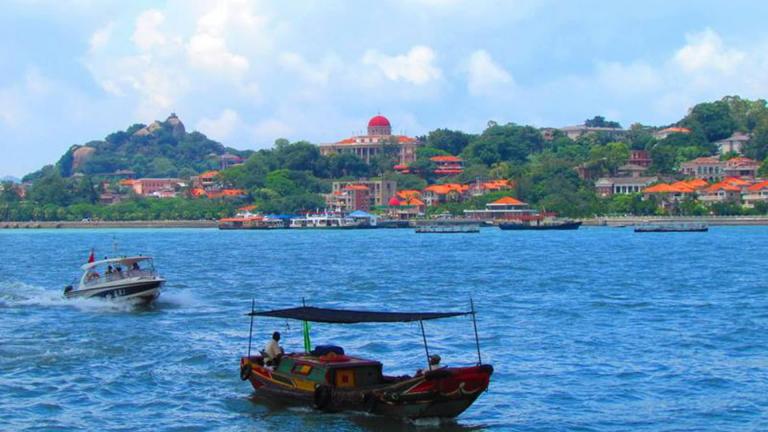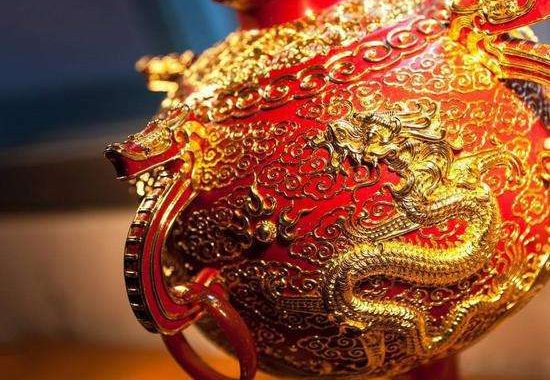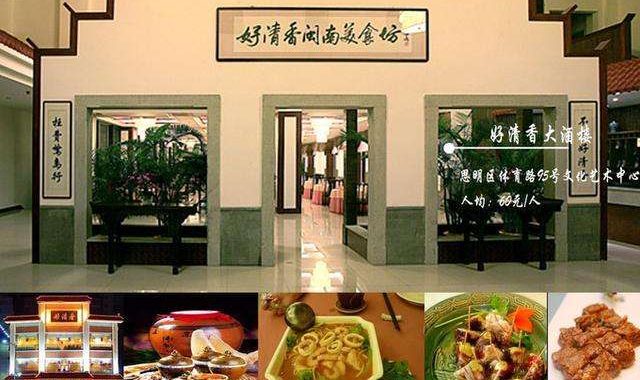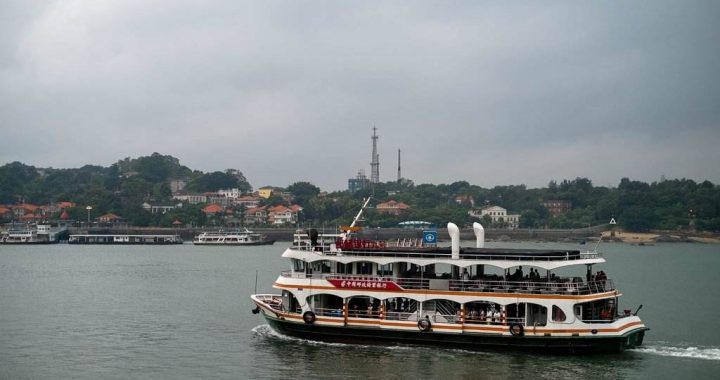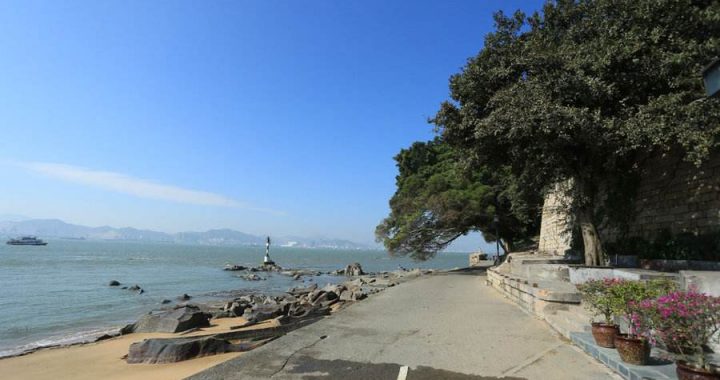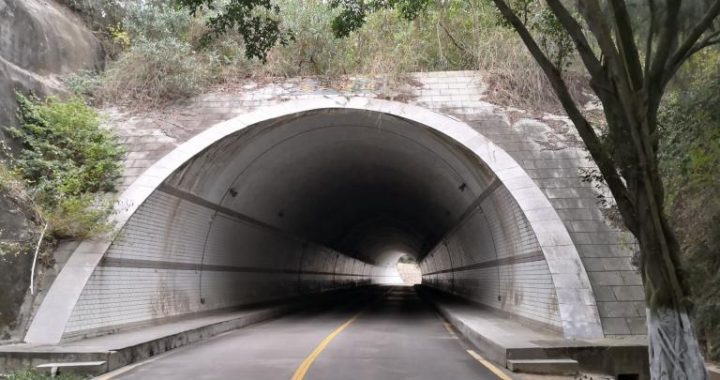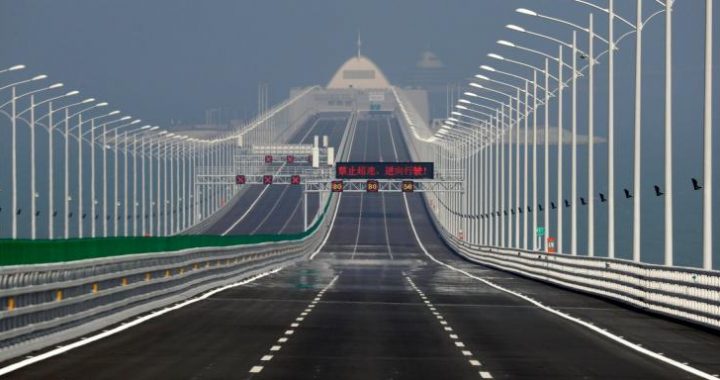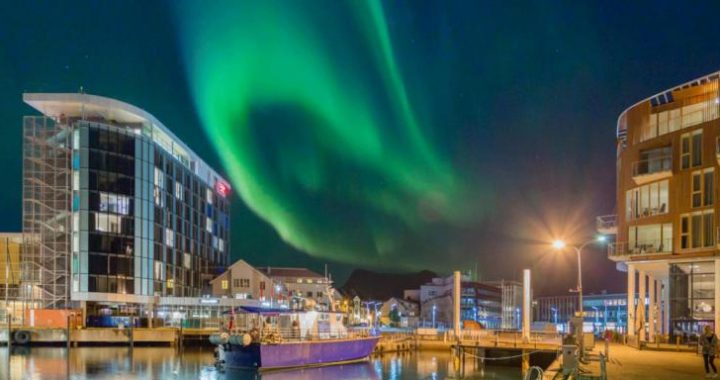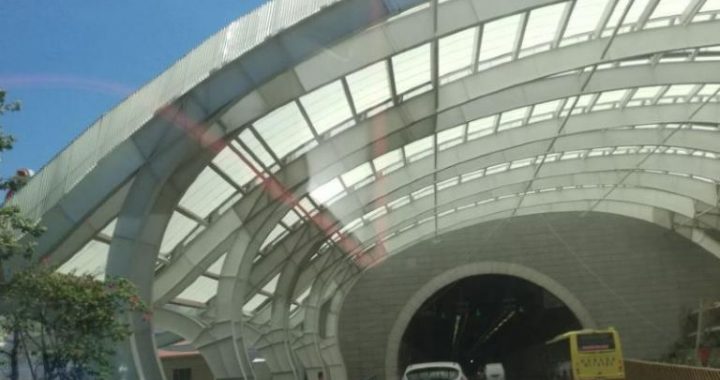Gulangyu Islet overview
6 min readChinese New Year,2011,Xiamen was mainland China’s top tourist spot,and Amoy’s crown jewel is the 1.77 km2 Gulangyu Islet(“Drum Wave Islet”).In the early 20th century,the“richest square mile on earth”had 14 consulates.Today,the hundreds of“Amoy Deco”mansions make the islet an unparalleled open-air museum of international architecture(we are applying for UNESCO World Heritage Site status).
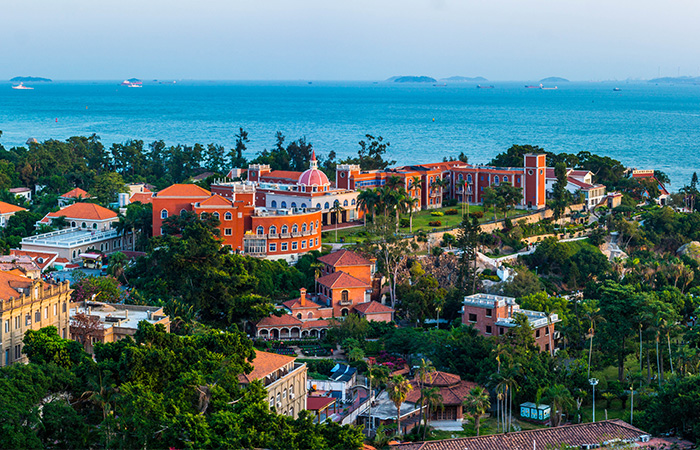
Gulangyu’s Pioneering Women’s Education
In 1845,Rev.Lyman Burt Peet started China’s first day-school on Gulangyu,and William Young opened Fujian’s lst school for girls about the same time.One of China’s first kindergartens,Gulangyu Huaide Kindergarten ,was built in early 1898.
Getting to Gulangyu
The Xiamen-Gulangyu Ferry The ten minute ride,at this writing,costs 8 Yuan roundtrip.It’s a bargain.Wartime inflation in the 1940s jacked the price to over 6million dollars-one way!
Buy a token at the ticket office on the Xiamen side(end of Zhongshan Rd.,facing Lujiang Hote1).Scan the token but keep it,as you will need to insert it in the turnstile slot when you return from Gulangyu.Or you can swim.
The 8 Kilometer Round Islet Cruise is inexpensive and offers glimpses of Monkey Isle,Pearl Isle(Baozhayu),and Burning Isle(Huoshaoyu),an extinct volcano.
Getting About Gulangyu Cars,bikes and skateboards have long been banned on Gulangyu,so wear good walking shoes.Electric tourist carts(60 Yuan for pick up or drop off at five places,once each place)are nice on a hot,muggy day,but I loveexploring the quaint narrow lanes.A bit of imagination can transport you back a century to the heyday of“the richest square mile on earth.”
Gulangyu Shopping
Gulangyu has Xiamen’s best selection of handicrafts,arts and souvenirs-and some of the best prices.
Laowai favorites include Chinese cultured pearls(best prices and quality at Pearl World,on Longtou Rd.),glass bottles and globes hand painted from the inside(Jimmy Carter said they were“Miraculous!”),oil paintings(Xiamen is the world’s greatest production base;our artists can copy anything from a van Gogh to a family photo),Chinese fans,Minnan tea sets and tea,paper parasols(Japanese got them from us,and refined them;they even have paper beach umbrellas),seashells(amazing variety),and of course strange dried Chinese fruits and meats–seahorse,starfish,scorpion,shark’s fin.Chinese eat anything.If it is truly inedible,they process it,call it Chinese medicine,and eat it anyway.
Gulangyu Mall,facing the Ferry(can’t miss the McDs and KFC)looks colonial but was finished in 2001.I like the“Gentle Reminder”at the top floor’s Nana Inn:“Please stop if you aren’t living….!”
Not a problem.When I cease living,I will certainly stop.But not before.The square often has performances of traditional music,and popcorn and candy.Also try the traditional snacks(fish ball soup),as well as treats like Turkish icecream,sold up Longtou Rd.past the beef jerky stall(family-owned since 1842!).And take a moment to chat and have tea with the merchants,who will invited you to “He cha!”“Have some tea!”(Our word“chai”comes from Mandarin’s“cha,”but“tea”comes from the local dialect’s word for tea,“dei.”).
Dragon Head St,which winds past the Mall,has been Gulangyu’s Main Street for a century.Both sides have shops selling tea and teapots,Chinese art and handicrafts,a bookstore,puppets&marionettes,etc.
Sleight of Hand-Puppets Marco Polo’s fabled port of Zaytun,60 miles north ofAmoy,has long been China’s marionette capital,and Zhangzhou(漳州),to our west,is famous for hand puppets.But you can enjoy performances right on Gulangyi.
These aren’t like my childhood toys,or the cheap plastic George Bush and Saddam Hussein”boxing puppets”sold in some Gulangyu shops.In the hands of a Chinese master puppeteer,they are pure magic-the closest thing in this life you’1l find to real little people(elves,fairies,leprechauns,lame duck presidents,non-tenured professors…).
Some puppets puff long pipes and blow more smoke than politicians in a primary.
0thers pour tea from tiny pots into thimble-sized cups.Still others dance,juggle,or perform astonishing comic and acrobatic routines,tossing spinning plates and catching them on poles,juggling a barrel on their heads-or even tossing and flipping each other!
One Chinese sagely observed of foreigners laughing at puppets,“It’s because foreigners don’t have puppets.”He reminded me of the farmer who said,
“Foreigners don’t have fireworks.”Actually,we have both fireworks and puppets.But few folks wield the magic to bring the creatures to life.I once snuck back stage to see if they might not be using real little people,but nary a lame duck president in sight.
Take in a Zhangzhou puppet show,and then take home a handcrafted puppet for only 50 to 100 Yuan.Arrange a private show by contacting Mr.Hong Mingzhang.
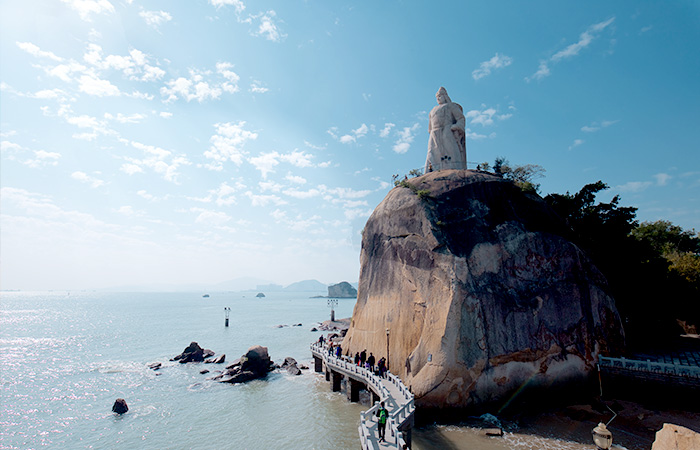
Top Gildngyi Sites
Chinese cities’glossy brochures make boasts like,“1,043 Scenic Sights famous home and abroad.”Qudnzhou claims over 2,000.But with Gulangyu,it’s no brag,just fact.Sites include the hundreds of Amoy Deco villas,plus relics of foreigners’three centuries of occupation and trade.
Isle of Music
You’ll soon see-or hear–why Liowai loved this little isle.Even today,it has one asset rare in China:quiet!Cars and bikes have always been forbidden,so the islet is blissfully quiet(except on holidays),but one sound you will hear is pianos.
South Fujian has many indigenous music forms,including the popular 1,000-yr.-old“Nanyin Opera.”But Xiamen also excels in modern music.Gulangyu has produced over 100 famous musicians,and now has more pianos per capita(one for every five families)than anywhere else in China.
Pianos&Preachers
In the 1840s,missionaries came with Bibles in one hand and pianos in the other;very big hands.
Amoy had China’s first Protestant Church(1848),and in 1862,foreigners chipped in to build Gulangyu’s Union Church(try their Saturday night music performances).The Doty family had Gulangyu’s first piano in the 1850s,and Gulangyu folk have been hooked on pianos ever since.
Famous Gulangyu pianists have included Zhou Shi’an in the’20s,Lin Junqing in the’30s,Wu Tianqiu ,in the’50s,Xu Feixing in the’60s,Xu Feiping in the’80s,and Chen Zuohudng and Xu Xing in the’90s.And we’re still churning them out today.Not an evening passes that some family’s budding pianist is not holding a recital.Many go on to study in the Amoy Music Academy,and from there to play in London,New York,Paris-or the local churches from whence the pianos came in the first place.It’s no wonder that Guldngyu has Asia’s largest piano museum,as well as one of the world’s best Organ Museums.
Xiamen Philharmonic Orchestra was established in 1998 by internationally renowned conductor Prof.Zheng Xiaoying .In spite of their motto,“Highbrow art wi1l be increasing popular,”lowbrows like myself enjoy their over 100 works.Zheng is well loved because she not only conducts the music but also takes time each performance to explain the music,making each event both enjoyable and educational.
Savour Gulangyu’s silence,punctuated by preschoolers practicing scales or”Chopsticks,” then steal a glimpse of the ancient harbor and skyline from Gulangyu’s Sunlight Rock,where the hero Koxinga drilled his troops before retaking Taiwan from the Dutch.The admission price also includes the cable car,aviary,Koxinga Memorial,and heat stroke.
After your sweaty ascent of Sunlight Rock(formerly Camel Rock),cool off in a coffee shop,or with a speedboat tour around the island.Then visit Dragon Hill,Hoisting Flag Hill,or parks where Chinese will eagerly point out ancient engravings.
For most of its 5,025 years,China lacked TV and internet,so folks watched rocksinstead(eminently patient people).They eulogised every rock,boulder and mountai in China with calligraphic inscriptions,which to the uninitiated(like me)are essentially ancient graffiti sanctified by time. Just kidding.Sort of.
